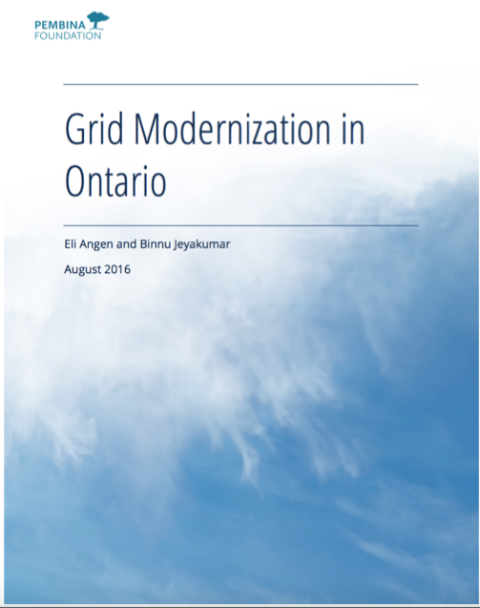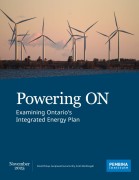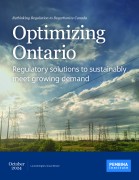In a very near future, grid-connected distributed renewable energy generators could reduce the need for centralized baseload power plants, creating greater resilience in the system. Information technologies could empower system operators and utilities — as well as consumers — to manage generation and demand in realtime, and in a more symbiotic way. Greater flexibility could be provided by new kinds of energy storage, both on the grid and behind the meter.
These transformations will prove to be critical in order for system operators and utilities to meet growing demands on the part of both governments and consumers to ensure that our electrical grid and related services are reliable, resilient, environmentally responsible and affordable.
Across North America and Europe, system operators and utilities are tackling these changes and opportunities head on, but such innovations remain the exception. In Ontario, we can dream bigger about what a modern grid can do for operators, utilities, consumers and the environment. In this paper, we begin to chart the course for a deeper modernization of the grid.








